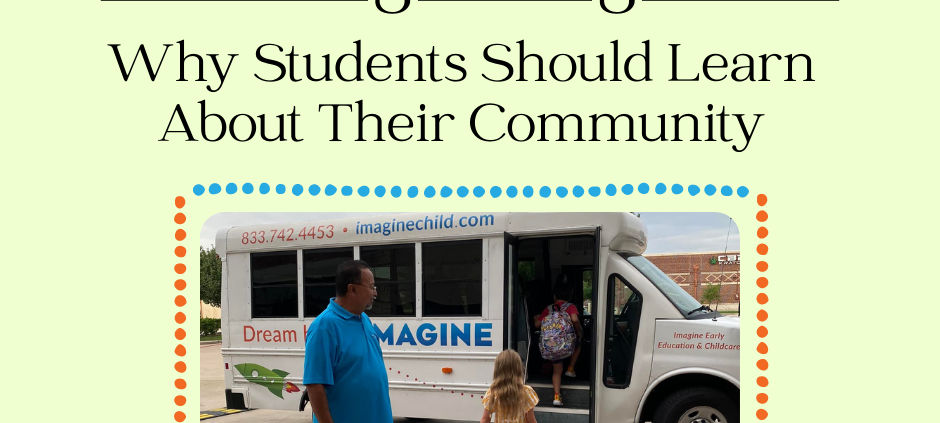Nurturing Young Minds: Why students should learn about their community
In the whirlwind of early childhood education, it’s easy to get caught up in teaching ABCs and 123s, forgetting the importance of imparting practical life skills. However, one vital skill that often goes overlooked is teaching students about their address and neighborhood. In this article, we’ll explore the reasons why it’s crucial for children to learn about where they live and the community that surrounds them.
- Safety First
Safety is a paramount concern for parents and educators alike, and teaching children their address is an essential part of ensuring their well-being. In an emergency, knowing one’s address can be the key to getting help quickly. When children are familiar with their address, they can confidently communicate it to a trusted adult or first responder, facilitating a swift response in case of an accident or unexpected situation.
- Building Confidence and Independence
Learning about their address and neighborhood empowers children with a sense of independence and self-assuredness. Knowing where they live and the layout of their surroundings can help them feel more secure when venturing outside or interacting with their community. This confidence boost can extend to other areas of their development, from problem-solving to decision-making.
- Connecting with the Community
Children are forming their understanding of the world around them. Introducing them to their neighborhood helps them connect with their community on a personal level. When students recognize familiar places like parks, stores, and local landmarks, they develop a sense of belonging and pride in their surroundings.
- Learning About Diversity
A neighborhood is a microcosm of society, rich in diversity. Teaching children about their neighborhood opens the door for discussions about the different people, cultures, and traditions that make up their community. This early exposure to diversity promotes tolerance, understanding, and a broader perspective on the world.
- Strengthening Language Skills
Learning their address and talking about their neighborhood is an excellent way for preschoolers to develop their language skills. Describing their surroundings and talking about the people and places in their community encourages vocabulary growth and enhances their ability to express themselves.
- Fostering Spatial Awareness
Understanding their address and neighborhood helps children develop spatial awareness. They learn to recognize the layout of their surroundings, including streets, houses, and local landmarks. This skill is essential for later stages of their education, such as reading maps and understanding directions.
- Building a Foundation for Lifelong Learning
The early years of childhood are a critical time for building a strong foundation for future learning. Teaching children about their address and neighborhood instills a sense of curiosity about the world around them. This curiosity is the bedrock of a lifelong love of learning and exploration.
In the quest to prepare children for the challenges of the future, it’s essential not to overlook the importance of teaching them about their address and neighborhood. This seemingly simple skill carries profound benefits, from safety and confidence to a deeper connection with the community and the world at large. By nurturing these skills early on, we set our children on a path to becoming informed, engaged, and responsible members of society. So, let’s not forget to include this vital life lesson in our early education curriculum, ensuring that every child is well-equipped to navigate both their immediate surroundings and the broader world.



